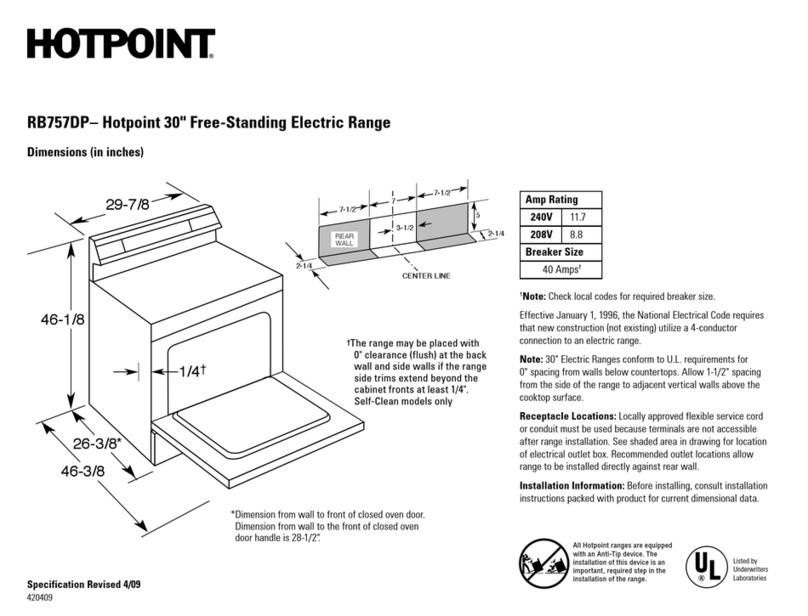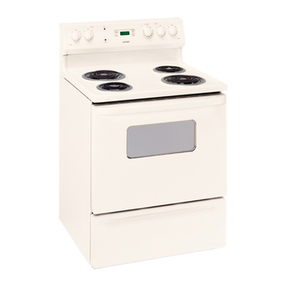Hotpoint m524N Installation instructions
Other Hotpoint Range manuals
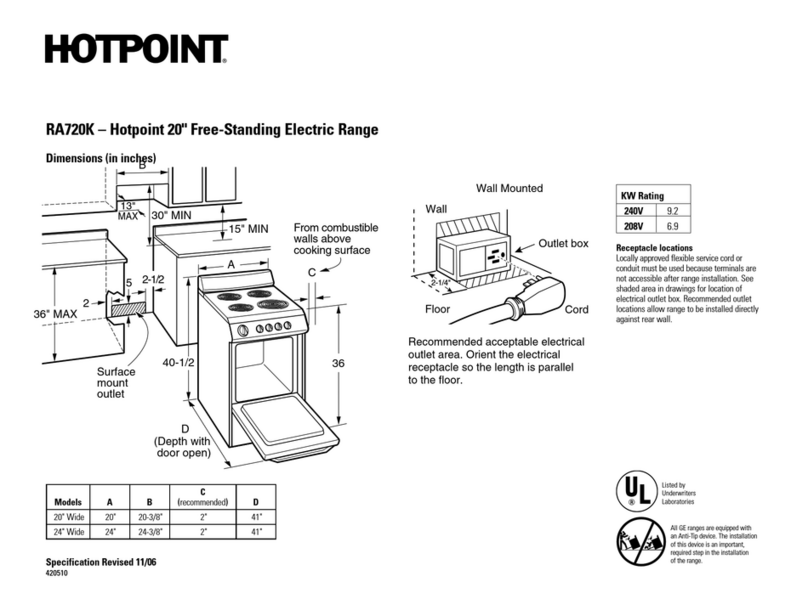
Hotpoint
Hotpoint RA720K User manual

Hotpoint
Hotpoint CE6IFA.1 X F/HA User manual
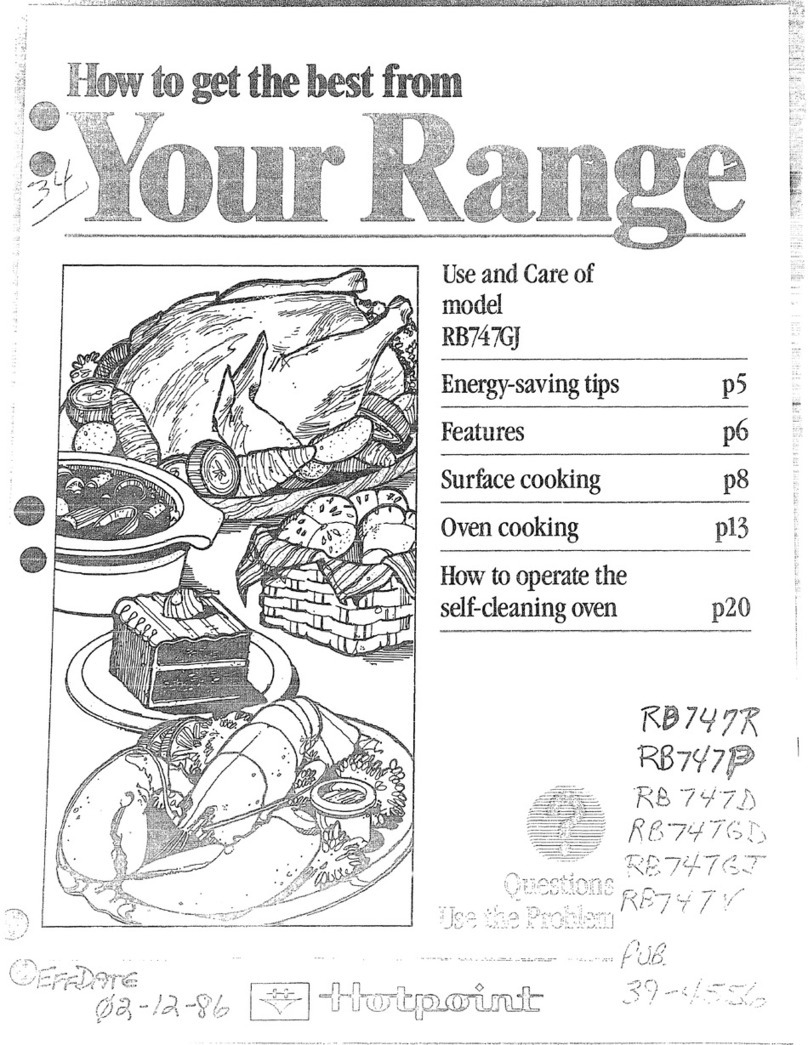
Hotpoint
Hotpoint RB747GJ Installation instructions
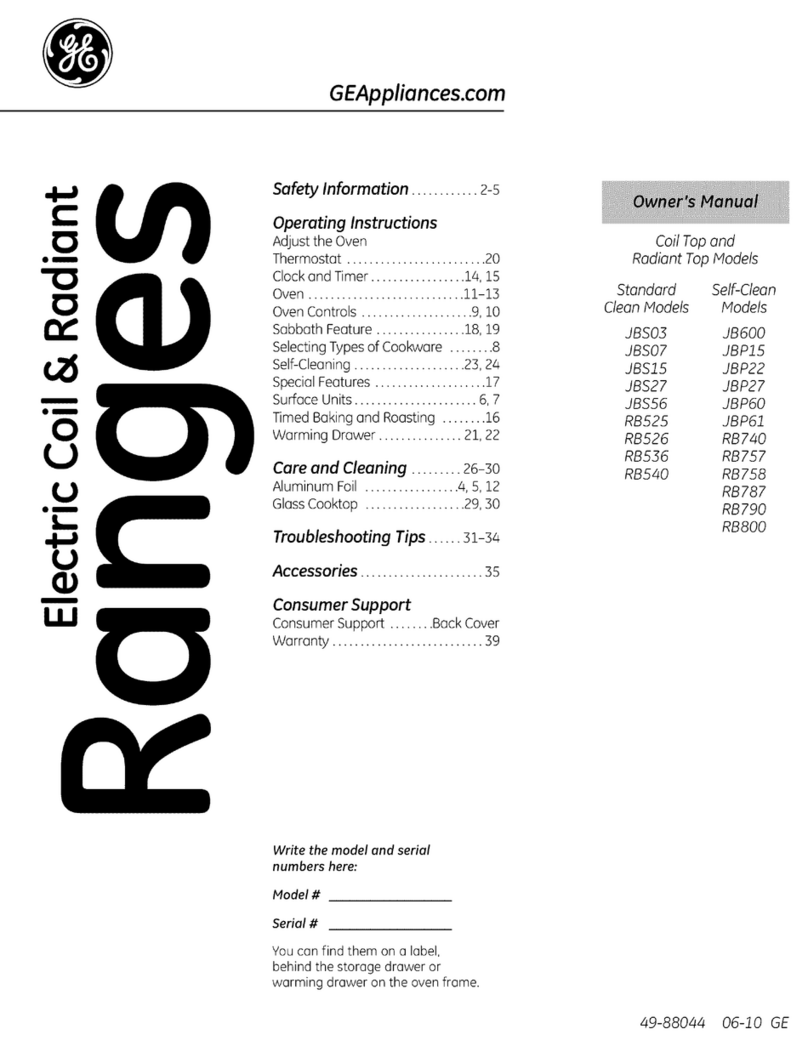
Hotpoint
Hotpoint RB790DPWW User manual
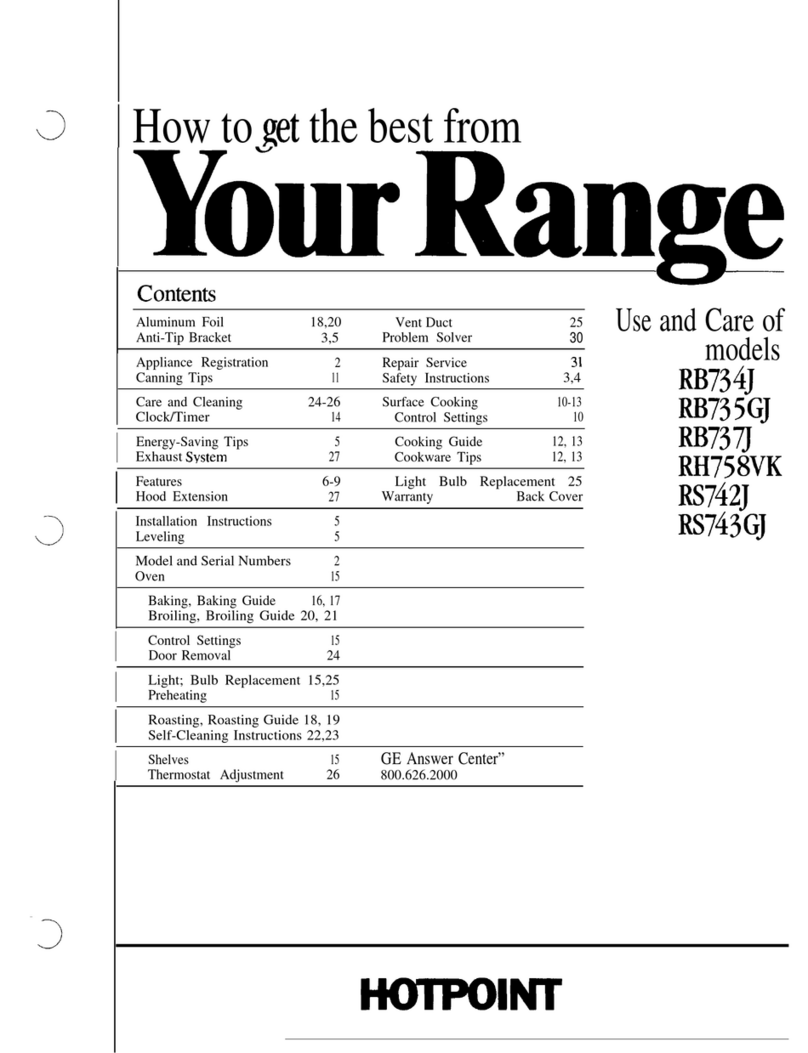
Hotpoint
Hotpoint RB734J User manual
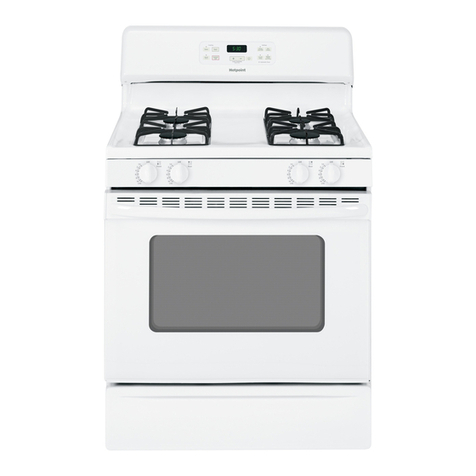
Hotpoint
Hotpoint RGB540SEP - 30 in. Gas Range User manual

Hotpoint
Hotpoint RB 735 User manual

Hotpoint
Hotpoint RGB528PENWW User manual
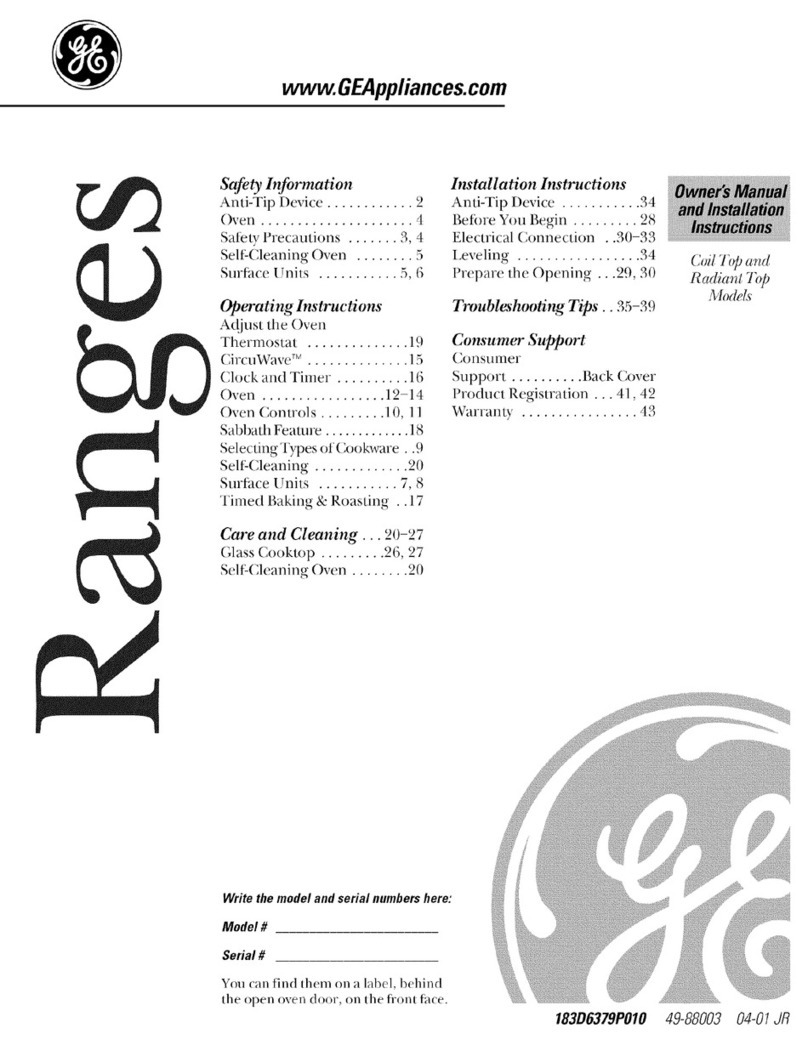
Hotpoint
Hotpoint RB787WC2WW and Operating instructions
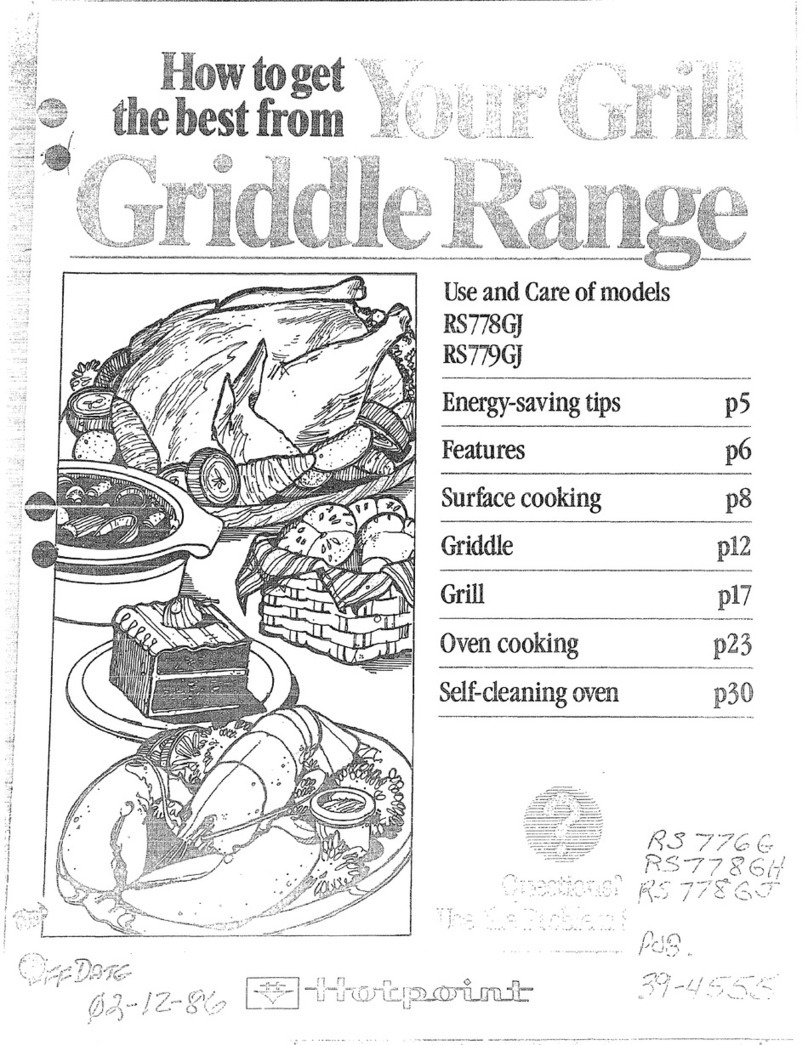
Hotpoint
Hotpoint RS778GJ Installation instructions
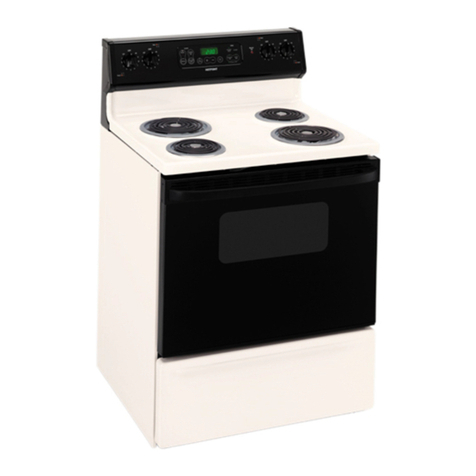
Hotpoint
Hotpoint RB757BH User instructions
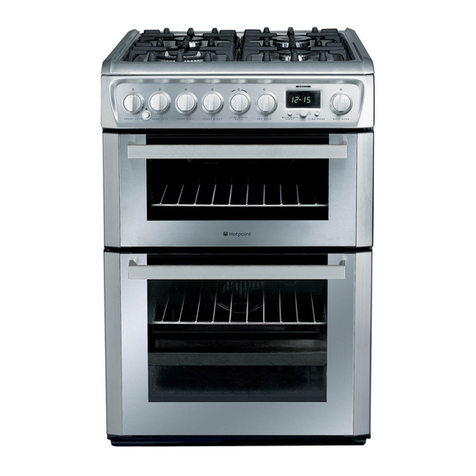
Hotpoint
Hotpoint EG94X User manual

Hotpoint
Hotpoint RGB524EH Installation instructions
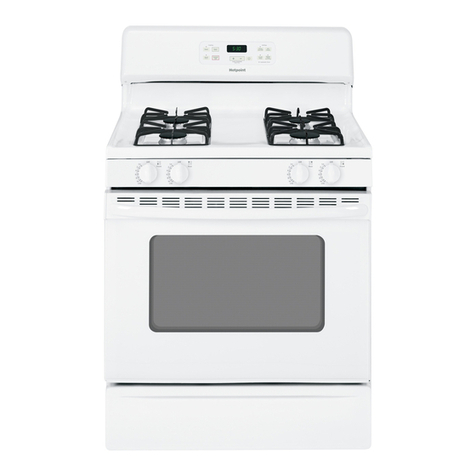
Hotpoint
Hotpoint RGB533DEPBB - 30.0 Range User manual

Hotpoint
Hotpoint RGB735WELWW Manual
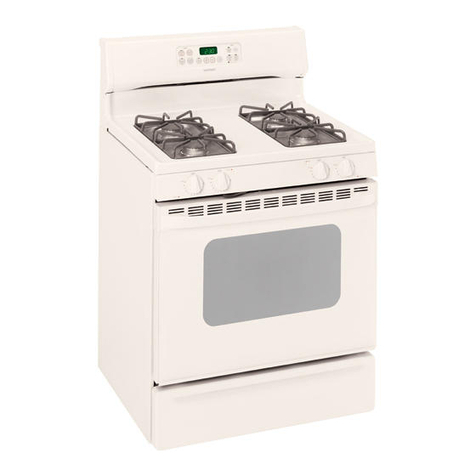
Hotpoint
Hotpoint RGB790CEKCC - 30 Inch Gas Range User manual
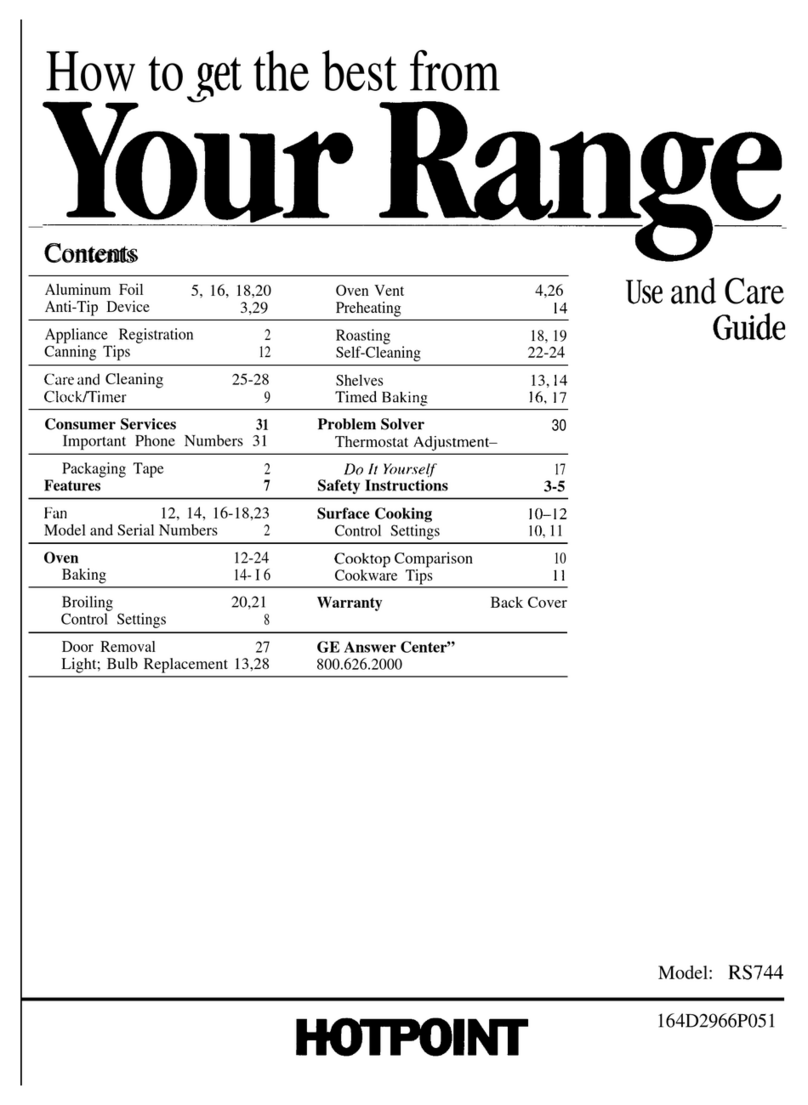
Hotpoint
Hotpoint RS744 User manual

Hotpoint
Hotpoint RGB518PCDCT User instructions
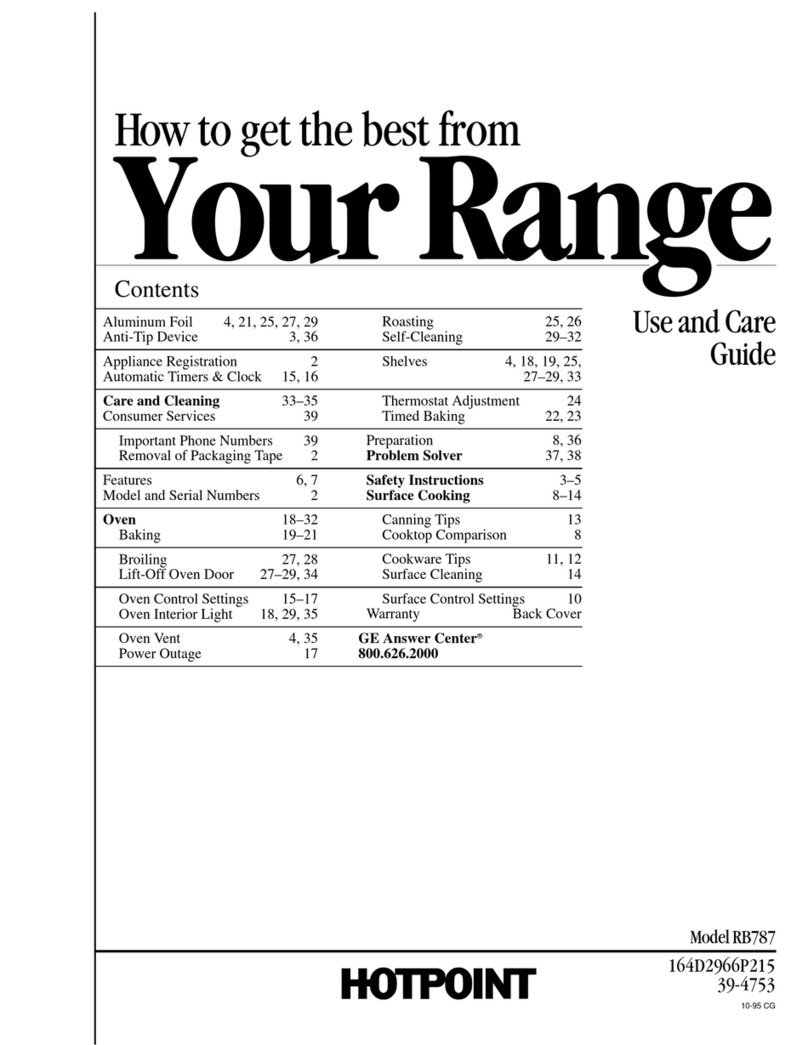
Hotpoint
Hotpoint RB787 User manual
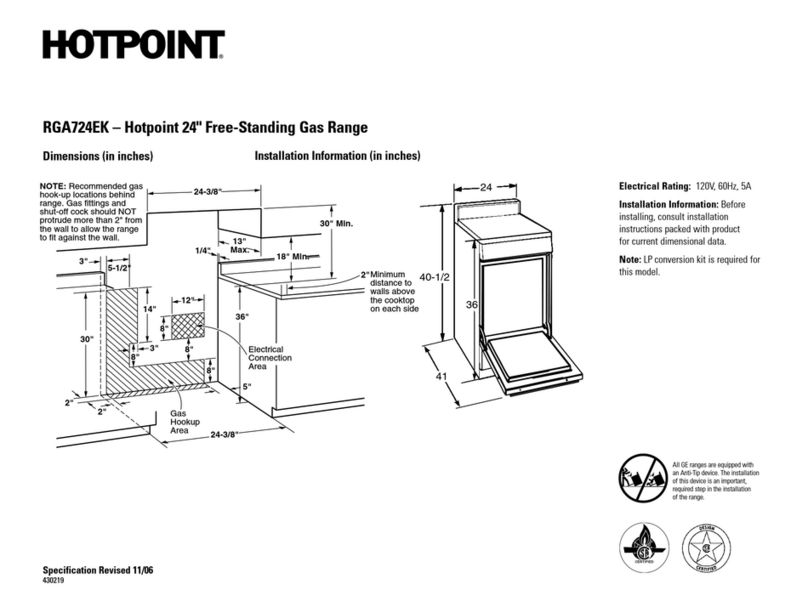
Hotpoint
Hotpoint RGA724EKWH - R 24 Inch Gas Range User manual
Popular Range manuals by other brands

Maytag
Maytag MGR5875QDW - 30 Inch Gas Range Use and care guide

Frigidaire
Frigidaire FFGF3024SS use & care

Capital
Capital Precision Series GCR484W Specifications

Officine Gullo
Officine Gullo GGS8P Installation and use instruction

LG
LG LSD4913 Series owner's manual

Kenmore
Kenmore 4101 - Elite 30 in. Slide-In Electric Range installation instructions
